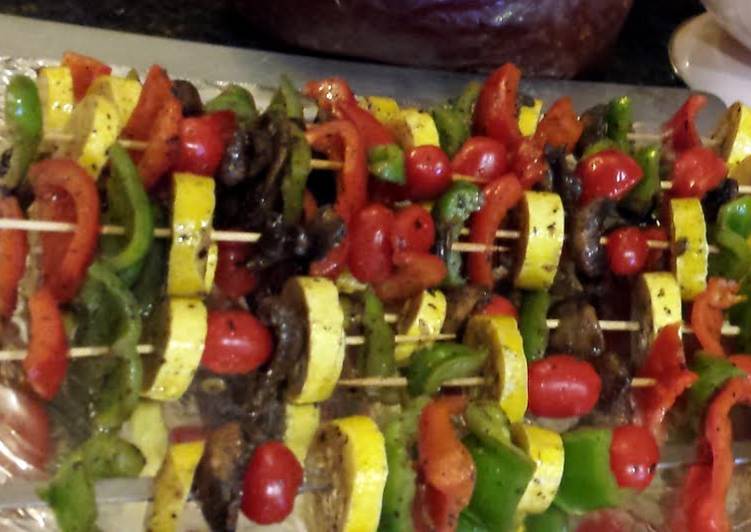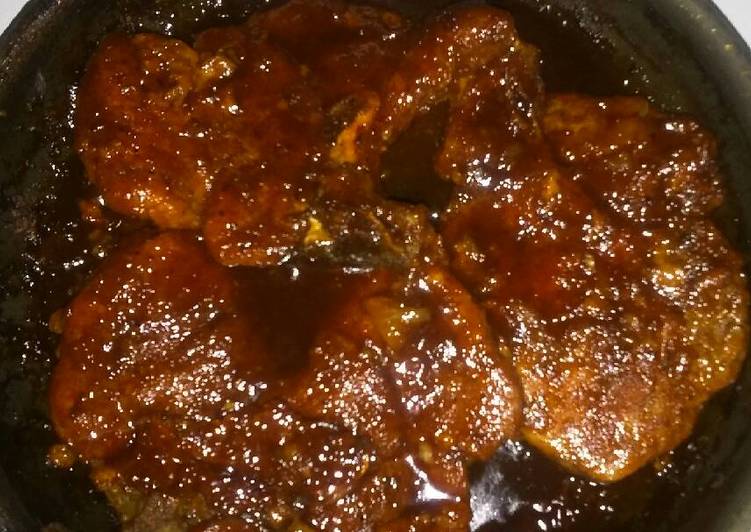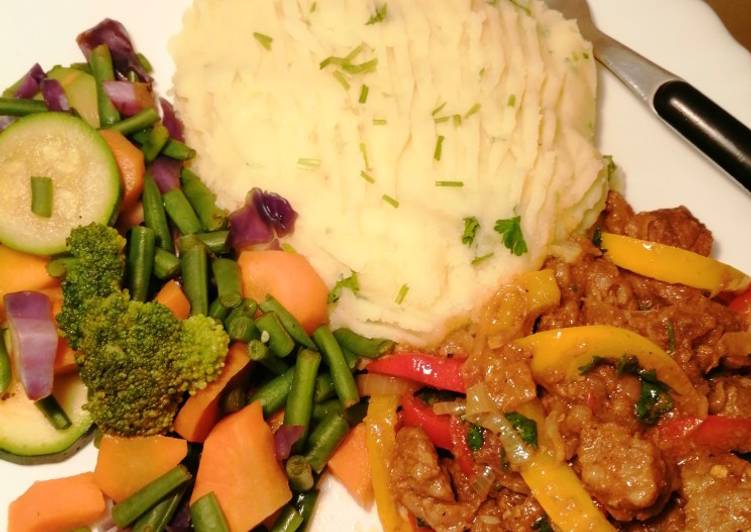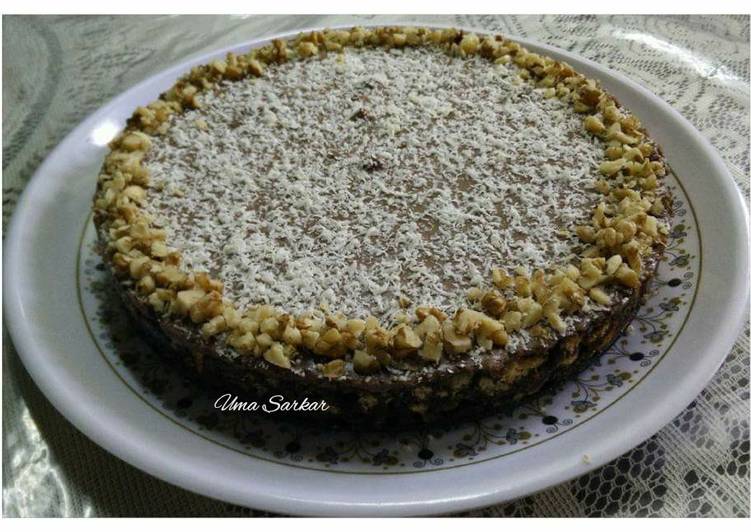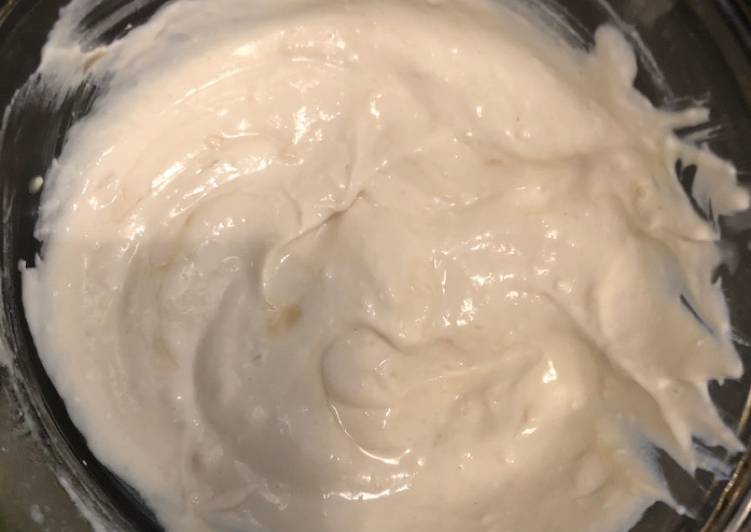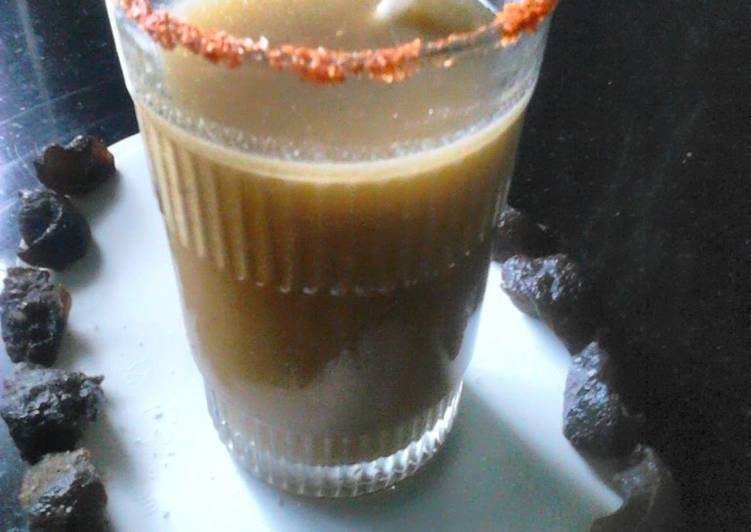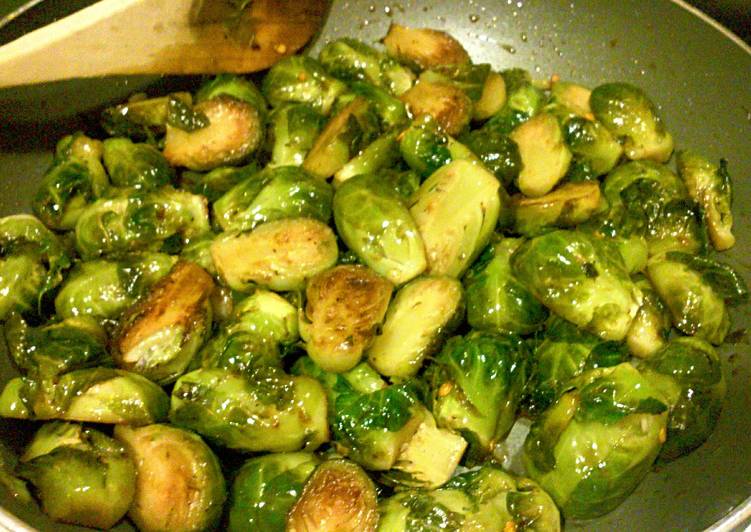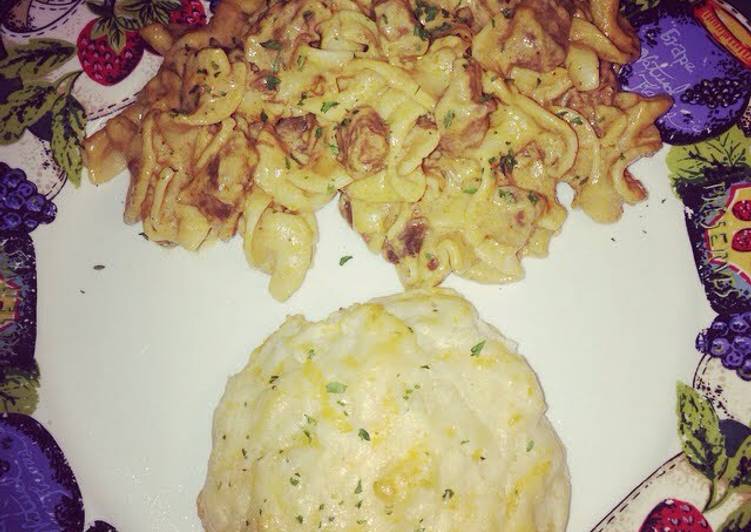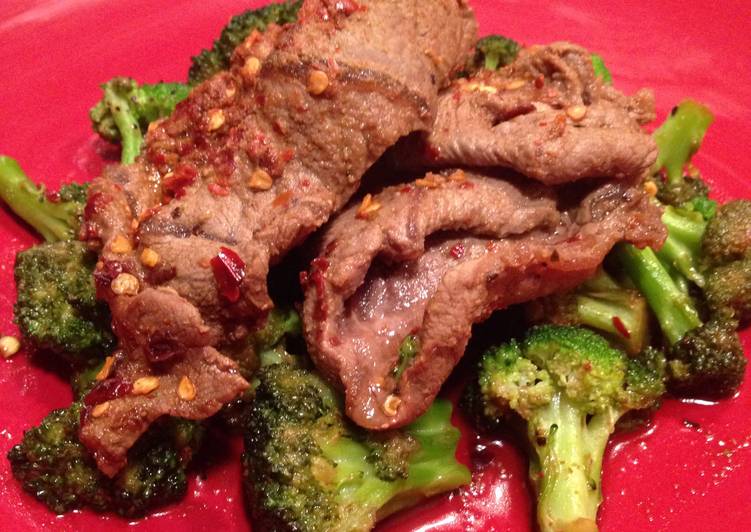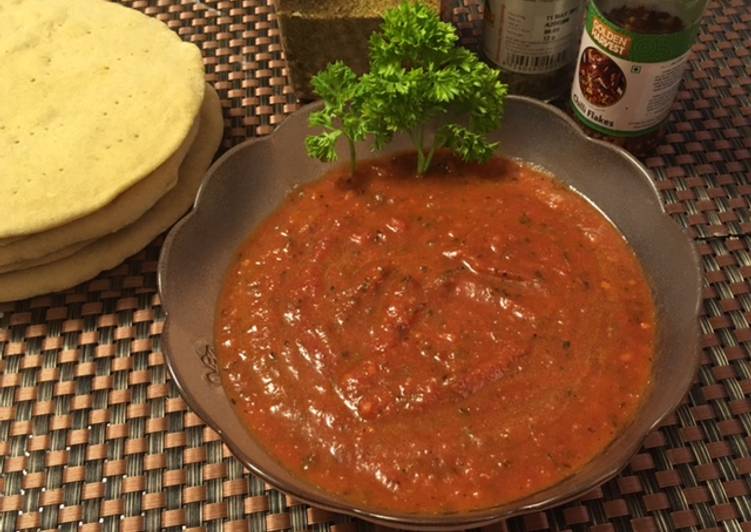
Hello everybody, it’s me, Connelly, welcome to my recipe website. Today, I’m gonna show you how to prepare a special dish, traditional cornish pasties. It is one of my favorites. This time, I’m gonna make it a bit unique. This is gonna smell and look delicious.
The traditional Cornish pasty uses very particular ingredients. Though it won't be authentic, you can make a pasty with a variety of fillings. Designed to be an economical meal, use the meats and vegetables that you have in the kitchen.
Traditional Cornish Pasties is one of the most popular of recent viral meals in the world. It is simple, it is quick, it tastes yummy. It is appreciated by millions daily. They are fine and they look fantastic. Traditional Cornish Pasties is something which I’ve loved my whole life.
To begin with this recipe, we have to first prepare a few ingredients. You can have traditional cornish pasties using 14 ingredients and 11 steps. Here is how you can achieve that.
The ingredients needed to make Traditional Cornish Pasties:
- Prepare for the pastry
- Take 500 g x strong flour
- Make ready 120 g beef suet
- Make ready 50 g x lard
- Make ready 200 ml x cold water
- Get 1 tsp x table salt and black pepper
- Get for the filling
- Take 350 g x skirt of beef
- Make ready 350 g x maris piper potatoes
- Get 200 g x swede
- Make ready 175 g x white onion
- Get 1 tbsp x chopped parsley and thyme
- Prepare to taste salt and pepper
- Take 1 x beaten egg for glaze
Place the pasties on lightly greased or non-stick baking trays and brush with beaten egg or milk. Make a small hole in each to allow some of the steam to escape. Traditional Cornish Pasty, savory packages of beef and potatoes wrapped in flaky, buttery pastry. This British classic makes a wonderful lunch or dinner on a chilly day.
Steps to make Traditional Cornish Pasties:
- Combine the lard, suet and water into the strong flour, along with the salt and pepper
- Work with your hands for a few minutes, turn out onto a work surface when it looks shaggy, and continue to knead (like bread dough for 5 minutes) until you have a firm springy dough, wrap in cling film and refrigerate while you prepare the filling, if the dough will not form keep working with damp hands it will get there.
- Dice all of the vegetables to around 1cm, chop the herbs and mix in a bowl.
- Now dice the skirt, it has a very obvious grain, first cut into large batons with the grain about 1 1/2 inch thickness. Turn 90 degrees and slice 1/2 cm approx against the grain
- Season well and thoroughly mix
- Cut chilled dough into 4, keep the dough covered with cling film while not in use, form 1 piece into a ball and then flatten with your hand to form a round disc.
- Roll the pastry to the size of a large dinner plate, 10 - 12 inches, you do not need flour for this. Arrange 1/4 of the filling just below the centre.
- Place a small slice of butter on top of the filling (opt) I have a fetish for butter and think its makes everything better, it will create a little extra steam inside while baking. Lift the far side over the filling and form a semi circle
- Firmly press the edges together (no water or egg required) and then crimp, have fun with this and don't obsess about perfection. Use 1 finger on 1 hand to hold the dough down and 1 finger of the other hand to fold and press the pastry over. Tuck the edges under
- Firmly press the pasty into shape, pierce a small hole to allow steam to vent and arrange all four on baking sheets lined with baking parchment. Brush well with beaten egg, sprinkle with sea salt or seeds before baking
- Bake at 170c for 1 hour 15 mins, you can't eat them until they've cooled down, they are best eaten warm or room temp with loads of ketchup, the last image is of me looking very pleased with my pasties. These screen shots are taken from my YouTube channel here is a link https://www.youtube.com/watch?v=1EAx_iugdFc&t=231s
You may (or may not) have heard of the Cornish pasty (sometimes spelled pastie, pronounced pass-tee, not paste-y). The Cornish Pasty is a traditional English pasty and considered the national dish of Cornwall. It's a hand pie filled with beef, potato, swede (rutabaga) and onion. Traditionally a beef skirt cut is used for Cornish pasty. However if, like me, you can't find beef skirt, try to find another nice cut of beef that will cook in the same amount.
So that is going to wrap this up for this exceptional food traditional cornish pasties recipe. Thank you very much for reading. I am sure you can make this at home. There is gonna be interesting food in home recipes coming up. Remember to bookmark this webpage on your browser, and share it to your family, friends and colleague. Thanks again for reading, I hope My site becomes “the place to be” when it comes to traditional cornish pasties cooking. Go on get cooking!

